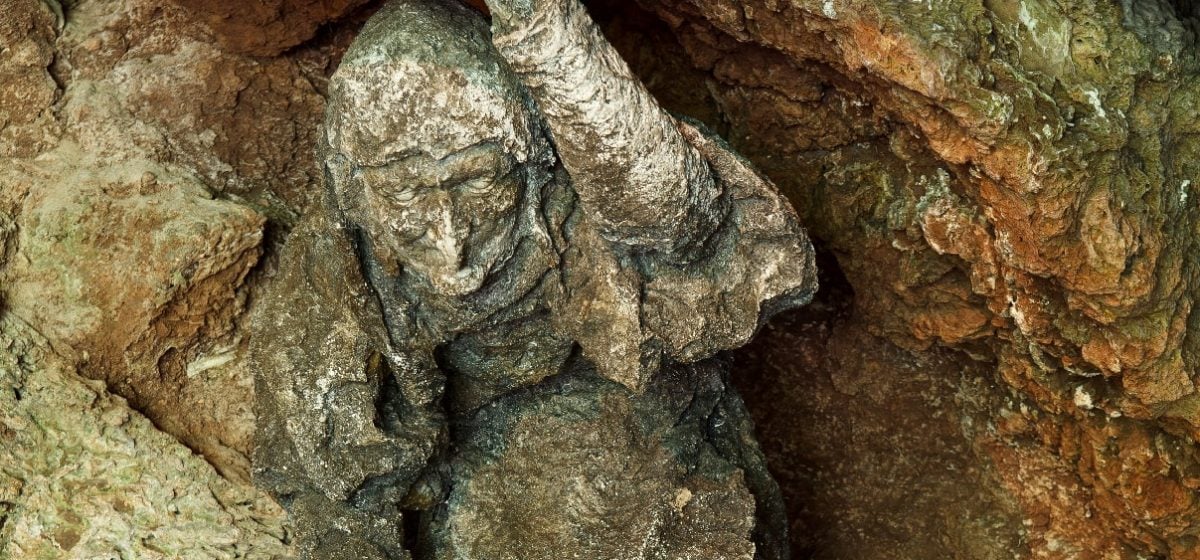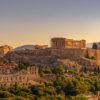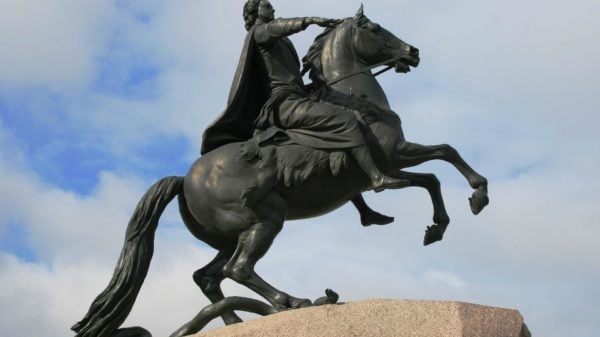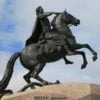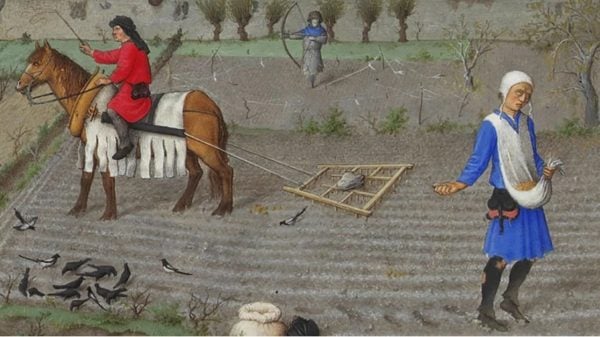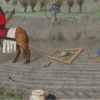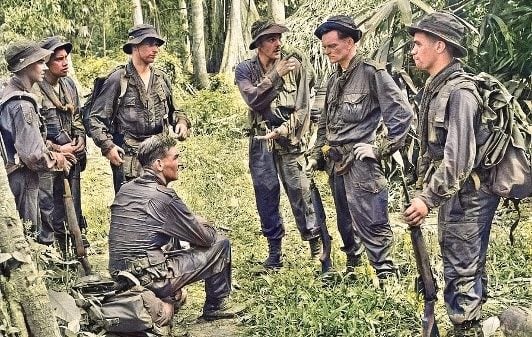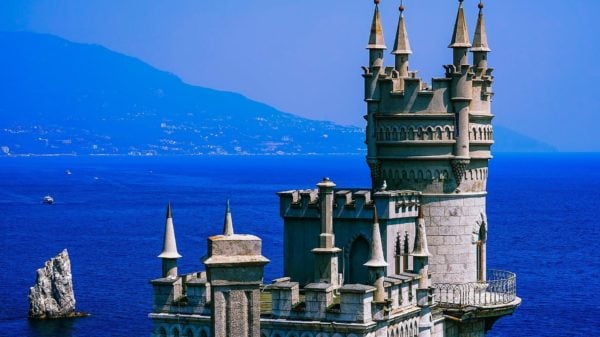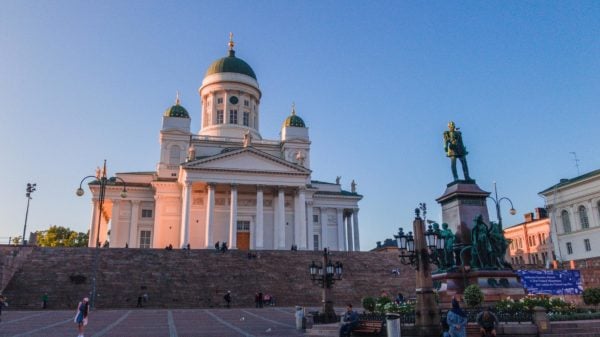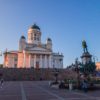Born as Ursula Southeil in 1488, she was popularly called Mother Shipton, England’s most talked-about prophetess and soothsayer. She foresaw the fates of rules during and after her lifetime. She predicted the creation of iron ships, London’s massive fire in 1666, and Spanish Armada’s conquest.
Aside from her ability to see the future, Mother Shipton also could make traditional cures. It began with subtle premonitions. Ursula developed her confidence and power through time. Later on, she was recognized as a prophetess of Knaresborough or a witch. It was her livelihood to predict the future and early warning signs. In 1561, the famous witch died at 73.
Ursula Sontheil
During Henry VII’s reign, Ursula was born in a cave on the River Nidd banks in Knaresborough while an intense thunderstorm occurred. Southeil’s mother, Agatha, was only 15 years old when she brought her into the world. Because his father’s identity was unknown, Agatha was dragged in front of the local magistrate and forced to reveal the name. Yet, her mother didn’t cave in and continued to keep it a secret.
Ursula lived a depressing life with no friends and no family. They stayed in a cave for a couple of years before Abbott of Beverly showed sympathy for the mother-daughter living condition. Hence, a local family took care of Ursula instead. Agatha was brought to a far convent, she didn’t see her daughter again until she died.
The Unusual Child
Ursula looked different from other kids, she had a large and crooked nose, twisted legs, and bent back. The typical appearance of a witch. While growing up in Knaresborough, she was mocked profusely by the locals. This made Urusula realize that it was best to live alone. She went back to the cave where she was born and spent most of her time. This was when she began to study the forest, herbs, and flowers, mixing natural ingredients to make potions and remedies.
At the age of 24, she met Tobias Shipton, who was a carpenter from York. The couple didn’t have any children even before Tobias died. Ursula chose to keep Shipton as her family name, and the term Mother was added later when she grew older.
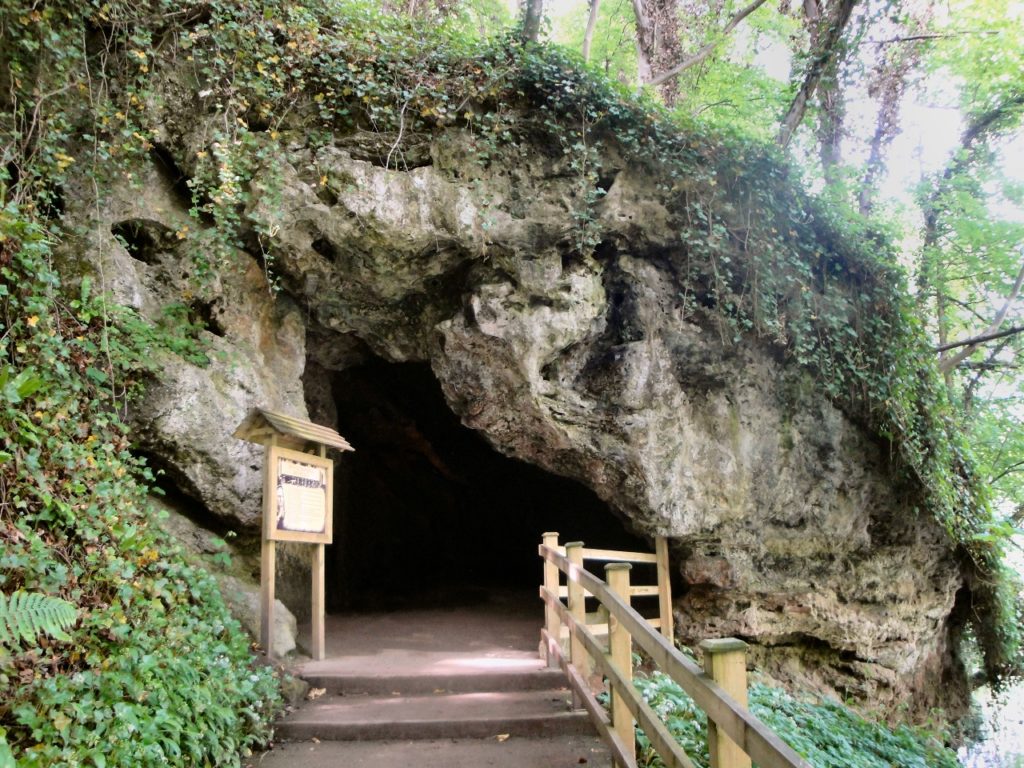
A glimpse of Mother Shipton’s cave
The Legend
Despite the uncertainties that came with the legend, many centuries back, Mother Shipton was once a Knaresborough resident whom most locals believed in her words. She was famous for her works, and all of them were shared from generation to generation.
The tales and prophecies may not be all true and have been modified over the years, Mother Shipton remained to be one of the legendary images of folklore and romance embedded in the people’s imaginations and the local scenery.
At present, the cave in Knaresborough, North Yorkshire, is a popular tourist destination called Mother Shipton’s Cave. Apart from the place she stayed, it featured the scary well that can turn things to stone. There’s a shop that sells memorabilia like thimbles, towels, mugs, and even wishing-well water that comes in different colors within the vicinity.


